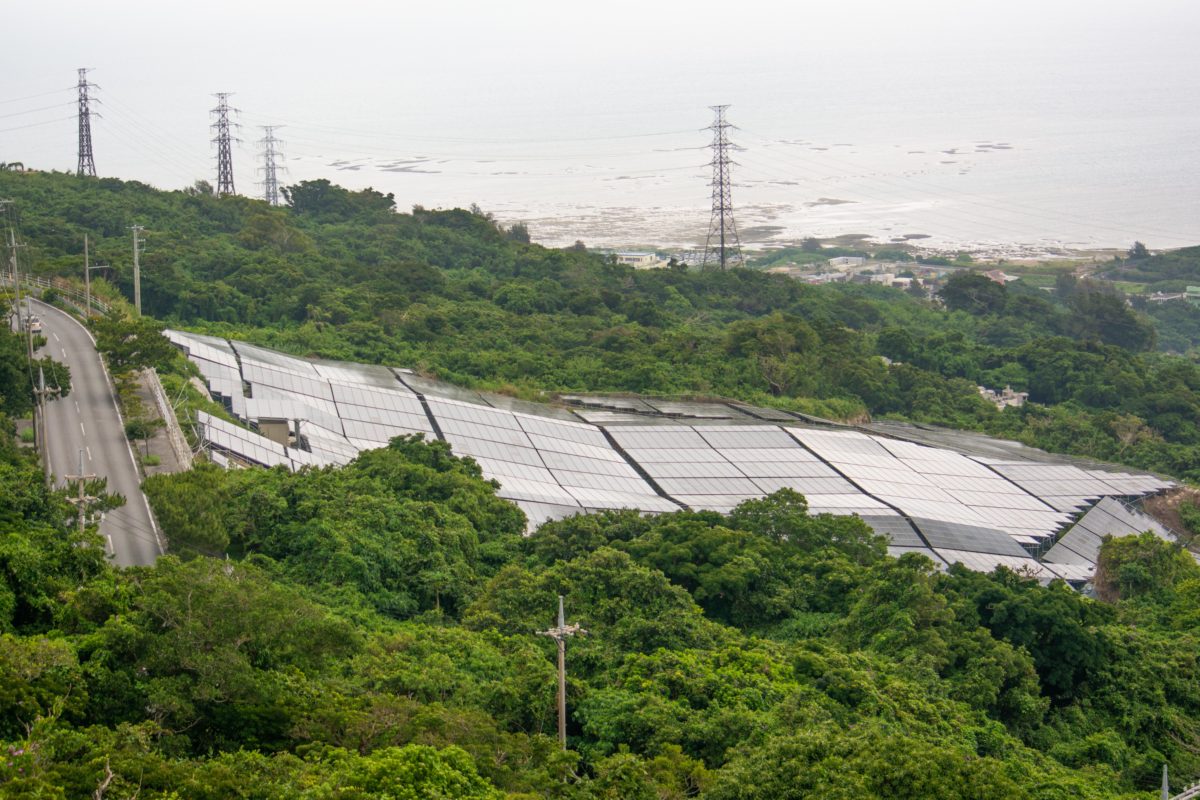The story of Japan’s FIT cuts has reached another critical point with the Ministry of Economy, Trade and Industry’s (METI) proposing to reduce the payment for small-scale commercial PV plants from ¥18/kWh ($0.165) to ¥14.
The move comes after METI extended the deadline for its long planned FIT cuts for large-scale solar – projects with more than 2 MW capacity – from March 31 to September 30. The deadline for grid connection of such projects was also put back six months, to September 30, giving developers the chance to maintain FITs of either ¥40, ¥36 or ¥32 per kWh, instead of being assigned the new rate of ¥21, according to the latest bulletin on the Japanese solar market from consultants RTS Corporation.
Japan’s generous FIT levels were introduced to spur solar development and fill the power gap after the country closed its nuclear power plants in the wake of the 2011 Fukushima nuclear disaster. While the latest proposal for FIT cuts applies to commercial systems with 10-500 kW capacity, the tariffs for residential PV systems – of up to 10 kW – set in 2017 for the 2017-2019 period, will remain unchanged. That means they will stay at ¥26/kWh for last year and ¥24/kWh this year in regions where output control equipment is not required; or ¥28/kWh for 2018 and ¥26 for 2019 in areas obliged to install a device corresponding to output curtailment.
Residential payments could be trimmed too
However, next year further amendments to the residential FIT scheme can be expected, with the fiscal year 2019 committee meetings poised to discuss putting residential tariffs into the same category, regardless of any obligation to install output curtailment devices.
Proposed FIT cuts to overdue solar plants with more than 2 MW capacity are set to affect more than 20 GW of projects. Add in the newly proposed cuts for commercial solar projects not subject to the tender scheme this year, and the country’s solar sector could be in for a rough ride.
The FIT reduction announcements have raised concerns among investors and renewables proponents. In a joint statement, the Japanese Chamber of Commerce for America, Australia-New Zealand, Canada and France; and the European Business Council have called on the country’s government to ease FIT reduction conditions. They groups say an abrupt cut which does not take into account whether assets have achieved development or construction milestones or whether they have credible sponsors would undermine confidence in the security, stability and predictability of Japanese solar.
Japanese research company Teikoku Databank has predicted further bankruptcies in Japan’s PV sector in the coming years, as a result of pending FIT cuts for large-scale solar and the transition to an auction procurement system. The company’s recent report revealed as many as 95 solar companies went bankrupt last year – seven more than in 2017 and 28 more than in 2016 – noting the trend is likely to intensify with the announced FIT cuts.
Popular content
Transition to auctions
While the results of the newly adopted tender mechanism have thus far been underwhelming, Japan is looking to continue its transition from FITs to auctions. In tenders starting this fiscal year, the range of projects subject to the new system will be expanded from 2 MW-plus to 500 kW and above, with allocated annual capacity limited to 750 MW. The government plans to hold two big auctions this year – with 300 MW and 450 MW of PV capacity to be awarded – whereas its previous three auctions had a target of 1-1.5 GW.
With ambitious targets having been set for the auction regime in 2017, the results have so far been disappointing, with high prices and only around 500 MW of solar assigned through three tenders.
In an under-subscribed first auction in November 2017, only 140 MW of a hoped-for 500 MW of capacity was awarded, at an average price of ¥19.6/kWh. The second auction, in September, saw around 197 MW and a lowest bid of ¥16.47, exceeding METI’s initial ceiling price of ¥15.50/kWh. The third auction, held in December, saw slightly lower prices than previous tenders, at an average of ¥15.01/kWh, and allocated capacity was 196.6 MW.
As it continues the transition process, the Japanese government is set to conduct a fourth tender in the first half of this year with no ceiling price announced, and a fifth in the second half of the fiscal year, with a ceiling price decision due after further review.
On top of that, the government has reviewed long-term cost targets for solar projects and aims to achieve a power generation cost of ¥7/kWh by fiscal year 2025, as it continues to wrestle with how to drive down the costs of large-scale PV amid land shortages, grid constraints and high labor costs.
This content is protected by copyright and may not be reused. If you want to cooperate with us and would like to reuse some of our content, please contact: editors@pv-magazine.com.



1 comment
By submitting this form you agree to pv magazine using your data for the purposes of publishing your comment.
Your personal data will only be disclosed or otherwise transmitted to third parties for the purposes of spam filtering or if this is necessary for technical maintenance of the website. Any other transfer to third parties will not take place unless this is justified on the basis of applicable data protection regulations or if pv magazine is legally obliged to do so.
You may revoke this consent at any time with effect for the future, in which case your personal data will be deleted immediately. Otherwise, your data will be deleted if pv magazine has processed your request or the purpose of data storage is fulfilled.
Further information on data privacy can be found in our Data Protection Policy.